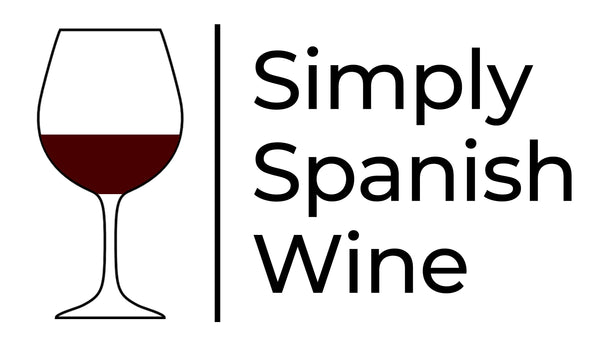[title]
[message]Hombros - Vino de Paraje
Hombros - Vino de Paraje
A serious, barrel-aged red laden with blackberries and blueberries
DO Bierzo
Share
Low stock
Couldn't load pickup availability





Collapsible content
Technical details
- Producer: Casar de Burbia
- Region: DO Bierzo
- Vintage: 2021
- ABV: 14%
- Grapes: Mencía
Food pairings
This wine will go well with:
- Cured Meats
- Pork
- Lamb
- Stews & Sauces
- Pasta Dishes
- Cheese
Who makes Hombros - Vino de Paraje

Casar de Burbia is a family-run winery in the heart of Bierzo in northwest Spain. When Nemesio Fernández began to buy vineyard plots planted with old vines at the end of the 1980s, he was going against the tide. At the time, growers were gradually abandoning the uplands around the village of Valtuille de Arriba in favour of higher-yielding plots lower down on the valley floor.
Looking back now, Nemesio's son Isidro praises his father's vision for securing these harder to cultivate, less fertile plots and saving the historic, high altitude Mencía vines, many of which were planted as long ago as 1900. Today, Casar de Burbia covers some 27 hectares split across no less than 52 individual plots.
Terroir is to the fore at Casar de Burbia – altitude, orientation, and the stony, ruddy soil all help add complexity and character to Isidro’s wines. Respect for the land and winemaking traditions is a key part of his philosophy and the tight focus on sustainable viticulture means all wines are certified organic.
The grapes
Mencía is perfectly suited to the slate soils which you can find in abundance in northwest Spain. It can give a range of different wine styles, but in general, people tend to describe Mencía wines as fresh and perfumed, quite ethereal in nature, with very appealing fruit that works well with very subtle oak or no oak at all. Some like to call it Spain’s Pinot Noir, while others compare it to the Cabernet Franc grown in the Loire.
Where Hombros - Vino de Paraje is made

Bierzo is located in northwest Castilla y León. Sitting in a valley surrounded by mountains, it enjoys a climate halfway between the Atlantic north and the warmer, drier Spanish interior. It gets a good amount of rain and a broad range of temperatures and orientations between the vineyards on the valley floor and the higher altitude plots.
Down on the valley floor, the soil is wetter and has more clay content which tends to produce more generous wines with a bigger mouth feel. Higher up, the soil is better drained and has more stone and slate content which gives more refined wines with more mineral characteristics.
All in all, winemakers in Bierzo have an excellent variety of terruño to work with to produce wines with real character that reflect the very specific environments in which their grapes grow. So it’s not surprising that the region has attracted big names of Spanish wine like Raúl Pérez and the Palacios family, as well as our very own Casar de Burbia.
How Hombros - Vino de Paraje is made
Hombros is made from old Mencía vines planted between 50 and 100 years ago in a series of mid-altitude plots (600 – 700 metres above sea level) above the village of Valtuille de Arriba.
Following a manual harvest, the grapes undergo a cold maceration in 5,000 litre French oak vats before fermentation gets underway with native yeasts. Once fermentation is complete, the wine is left in contact with its fine lees before a delicately controlled barrel ageing to ensure perfect harmony between wine and wood.





